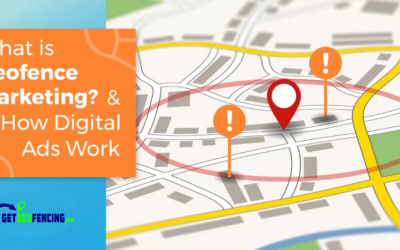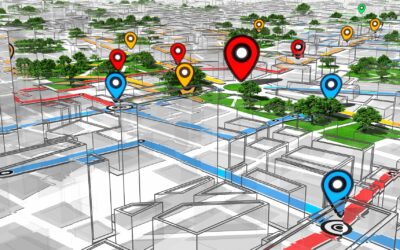Geofencing platforms are revolutionizing the way businesses connect with their target audience. With the power of location-based targeting, these platforms enable businesses to reach customers in specific geographic areas, delivering highly personalized and relevant messages.
By using geofencing technology, businesses can create virtual boundaries around physical locations, such as stores, events, or even entire neighborhoods. They can then send targeted notifications, ads, or offers to consumers who enter or leave these predefined areas.
With the ability to precisely target consumers based on their real-time location, geofencing platforms provide businesses with a powerful tool to drive customer engagement, increase foot traffic, and boost sales. Whether it’s sending a personalized discount to a customer who is near a store or reminding attendees of an event about upcoming sessions, geofencing platforms allow businesses to deliver timely and highly relevant messages.
In addition, these platforms offer valuable analytics and reporting tools, allowing businesses to track the effectiveness of their campaigns and optimize their marketing strategies. With the ability to measure foot traffic, conversion rates, and customer behavior, businesses can make data-driven decisions to improve their marketing efforts.
Overall, geofencing platforms offer a game-changing solution for businesses looking to enhance their targeting capabilities and engage with customers in a more meaningful way.

What is geofencing?
Geofencing is a technology that allows businesses to create virtual boundaries around physical locations. These boundaries, known as geofences, can be set up using GPS, RFID, Wi-Fi, or cellular data. When a user’s device enters or leaves a geofenced area, the geofencing platform can trigger certain actions, such as sending a notification or displaying an ad.
Geofencing is not limited to a specific industry or type of business. It can be used by retail stores, restaurants, event organizers, and even service providers. For example, a retail store can set up a geofence around its physical location and send targeted offers or discounts to customers who enter the geofenced area. Similarly, event organizers can use geofencing to send reminders or updates to attendees based on their location.
The beauty of geofencing is its ability to deliver highly personalized and contextually relevant messages. By targeting customers based on their real-time location, businesses can create a more engaging and impactful experience for their audience.
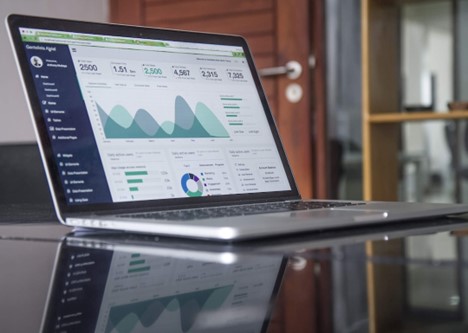
Benefits of geofencing platforms
Geofencing platforms offer a wide range of benefits for businesses, making them an essential tool for any marketing strategy. Here are some key advantages:
- Increased customer engagement: Geofencing allows businesses to reach customers at the right time and place, increasing the likelihood of engagement. By delivering personalized messages or offers when customers are near a physical location, businesses can capture their attention and drive them to take action.
- Improved targeting: Geofencing platforms enable businesses to target their audience with precision. Instead of relying on broad demographics or generic ads, businesses can tailor their messages based on the real-time location of their customers. This level of targeting ensures that the right message reaches the right audience, increasing the chances of conversion.
- Enhanced customer experience: By delivering timely and relevant messages, geofencing platforms contribute to a better customer experience. Customers appreciate receiving personalized offers or notifications that are relevant to their current location or situation. This personalized approach can create a positive impression of the brand and foster customer loyalty.
- Data-driven decision-making: Geofencing platforms provide businesses with valuable data and insights. By tracking foot traffic, conversion rates, and customer behavior, businesses can gain a deeper understanding of their audience and make data-driven decisions to optimize their marketing efforts. This data can also be used to measure the success of campaigns and track return on investment.
Overall, geofencing platforms offer businesses a powerful tool to engage customers, enhance targeting, improve the customer experience, and make data-driven decisions.
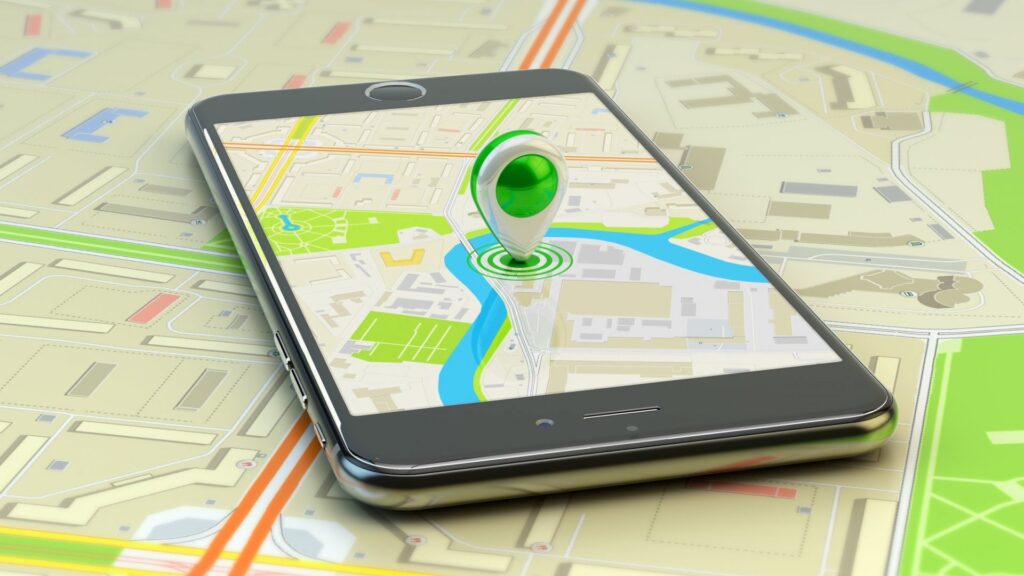
Geofencing statistics
The effectiveness of geofencing platforms can be seen in various statistics that highlight their impact on businesses. Here are some key statistics:
- According to a study by RetailMeNot, 85% of consumers are more likely to shop at a store that sends personalized offers and promotions to their smartphones when they are nearby.
- A report by Forbes revealed that in-store visits increased by 300% when businesses used geofencing technology to deliver targeted offers and notifications.
- The same report also found that geofencing campaigns had an average click-through rate of 2.5%, compared to the industry average of 0.1% for traditional mobile ads.
These statistics demonstrate the effectiveness of geofencing platforms in driving customer engagement, increasing foot traffic, and delivering tangible results for businesses.
How geofencing platforms work
Geofencing platforms rely on a combination of technologies to create virtual boundaries and trigger actions based on user location. Here is an overview of how geofencing platforms work:
- Setting up geofences: Businesses define the boundaries of their geofences by inputting specific coordinates or using a map interface provided by the geofencing platform. Geofences can be as small as a few meters or cover larger areas, such as entire neighborhoods or cities.
- Detecting user location: Geofencing platforms use various technologies to detect the location of users’ devices. This can include GPS, Wi-Fi, cellular data, or even RFID tags. When a user’s device enters or leaves a geofenced area, the platform receives a notification.
- Triggering actions: Once a user’s device enters or leaves a geofenced area, the geofencing platform can trigger predefined actions. These actions can include sending a push notification, displaying an ad, or delivering a personalized offer. The platform can also track user interactions and provide analytics on the effectiveness of the campaign.
- Optimizing campaigns: Geofencing platforms offer analytics and reporting tools that allow businesses to measure the effectiveness of their campaigns. By tracking metrics such as foot traffic, conversion rates, and customer behavior, businesses can make data-driven decisions to optimize their marketing strategies and improve their ROI.
Geofencing platforms provide businesses with a seamless and automated solution to target customers based on their real-time location and deliver personalized messages or offers.
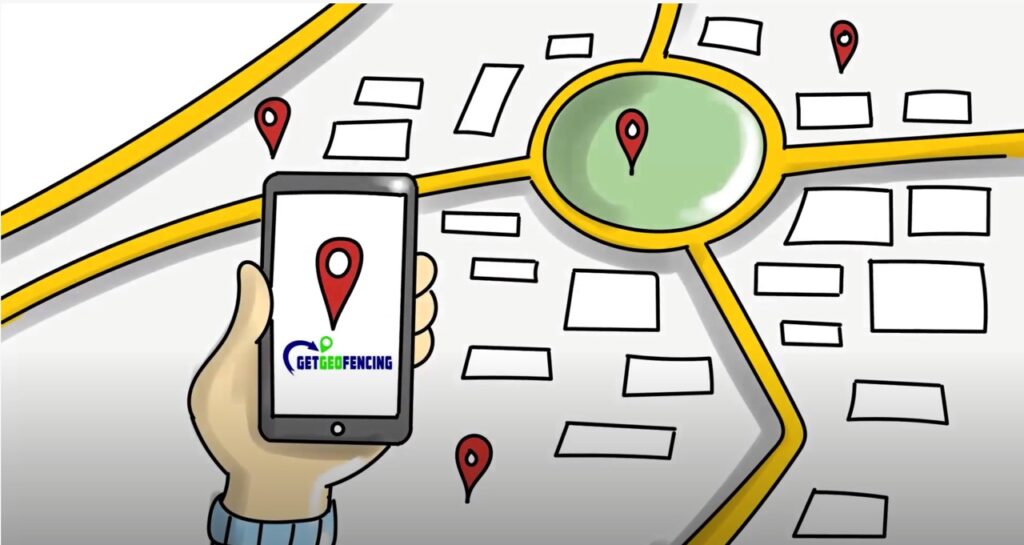
Setting up a geofencing campaign
Setting up a successful geofencing campaign requires careful planning and execution. Here are some key steps to consider when setting up a geofencing campaign:
- Define campaign objectives: Clearly define the objectives of your geofencing campaign. Are you looking to increase foot traffic, drive sales, or enhance brand awareness? Having a clear goal in mind will help you design the campaign and measure its success.
- Identify target locations: Identify the physical locations where you want to set up geofences. These can include your store, events, or other relevant locations where your target audience is likely to be present.
- Determine geofence size: Decide on the size of your geofences based on the objectives of your campaign. Smaller geofences will target customers who are in close proximity to your location, while larger geofences can cover entire neighborhoods or cities.
- Craft compelling messages: Create personalized and compelling messages or offers that will resonate with your target audience. Tailor the content based on their location, preferences, or past interactions with your brand.
- Optimize timing: Timing is crucial in geofencing campaigns. Ensure that your messages or offers are delivered at the right time to maximize their impact. For example, sending a personalized discount when a customer is near your store can prompt them to make a purchase.
- Monitor and optimize: Continuously monitor the performance of your geofencing campaign and make adjustments as needed. Track metrics such as foot traffic, conversion rates, and customer behavior to identify areas for improvement and optimize your marketing efforts.
By following these steps, businesses can set up effective geofencing campaigns that drive customer engagement and deliver measurable results.
Best practices for geofencing campaigns
To maximize the effectiveness of geofencing campaigns, businesses should follow these best practices:
- Respect user privacy: Obtain explicit consent from users before collecting their location data. Transparency and privacy should be a top priority to build trust with your audience.
- Personalize messages: Craft personalized messages or offers that are relevant to the user’s location, preferences, or past interactions with your brand. Generic messages are less likely to resonate with your audience.
- Optimize timing: Deliver messages or offers at the right time to maximize their impact. Sending notifications when users are near your location or during specific events can increase the chances of engagement.
- Monitor and analyze: Continuously monitor the performance of your geofencing campaigns and analyze the data to make data-driven decisions. Identify patterns, trends, and areas for improvement to optimize your marketing strategies.
- Test and iterate: Experiment with different geofencing strategies, messages, or offers to identify what works best for your target audience. Test, analyze, and iterate to refine your campaigns and improve their effectiveness.
By following these best practices, businesses can leverage the full potential of geofencing platforms and drive customer engagement.
Top geofencing platforms – examples and features
There are several geofencing platforms available in the market, each offering unique features and capabilities. Here are some examples of top geofencing platforms:
- Google Ads: Google Ads allows businesses to set up geofencing campaigns to target customers based on their location. With its vast reach and powerful targeting options, Google Ads is a popular choice for businesses looking to leverage geofencing technology.
- Facebook Ads: Facebook Ads provides businesses with the ability to target customers based on their location through geofencing. With its extensive user base and advanced targeting options, Facebook Ads offers a powerful platform for geofencing campaigns.
- fi: Simpli.fi is a geofencing platform that specializes in hyperlocal targeting. It offers advanced targeting options, real-time bidding, and detailed reporting to help businesses optimize their geofencing campaigns.
- PlotProjects: PlotProjects is a geofencing platform that focuses on delivering personalized notifications and offers based on user location. It offers features such as real-time location tracking, geofence management, and analytics to help businesses engage their audience.
These are just a few examples of the top geofencing platforms available. Each platform offers unique features and capabilities, so businesses should consider their specific needs and goals when choosing a geofencing platform.
Geofencing platform pricing and plans
Geofencing platform pricing and plans can vary depending on the provider and the features offered. Most geofencing platforms offer tiered pricing based on the number of geofences, monthly active users, or other usage metrics. Some platforms also offer custom pricing based on the specific needs of the business.
It’s important for businesses to carefully review the pricing and plans of geofencing platforms to ensure they align with their budget and requirements. Additionally, businesses should consider factors such as customer support, ease of use, and integration capabilities when evaluating geofencing platforms.
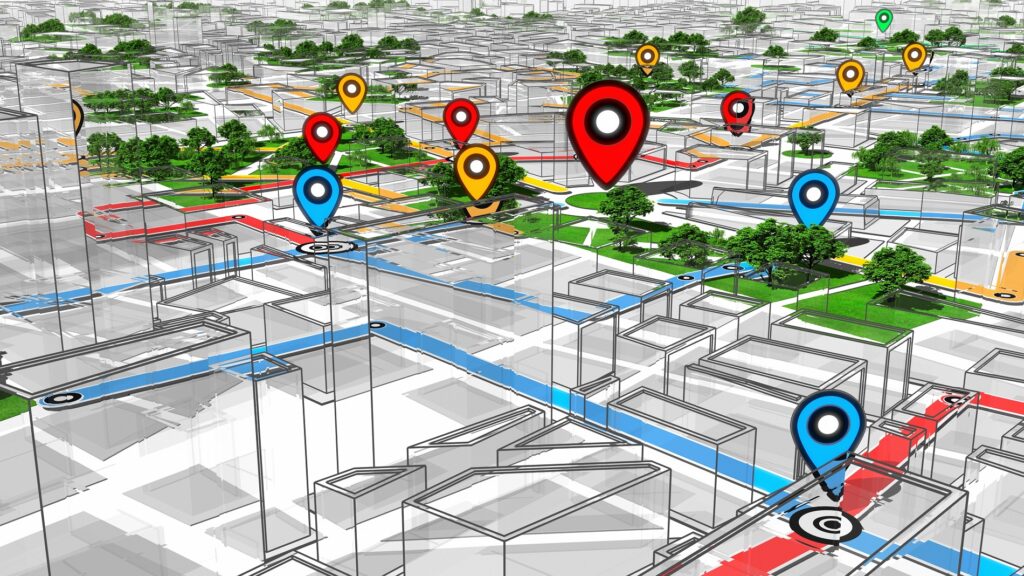
Geofencing Case studies and Success Stories
To further understand the impact of geofencing platforms, let’s explore some case studies and success stories:
- Starbucks: Starbucks used geofencing technology to send personalized offers and notifications to customers who were near their stores. This resulted in increased foot traffic and higher sales, as customers were enticed by the timely and relevant offers.
- Coachella: The Coachella music festival used geofencing to send notifications to attendees about upcoming performances, food vendors, and special events. This enhanced the overall festival experience and kept attendees informed about the latest happenings.
These case studies showcase the effectiveness of geofencing platforms in driving customer engagement, increasing foot traffic, and delivering measurable results for businesses.
Conclusion
Geofencing platforms offer businesses a game-changing solution to enhance their targeting capabilities and engage with customers in a more meaningful way. By leveraging the power of location-based targeting, businesses can deliver highly personalized and contextually relevant messages to their audience.
With the ability to precisely target consumers based on their real-time location, geofencing platforms provide businesses with a powerful tool to drive customer engagement, increase foot traffic, and boost sales. The valuable analytics and reporting tools offered by these platforms allow businesses to track the effectiveness of their campaigns and optimize their marketing strategies.
As geofencing platforms continue to evolve, businesses will have even more opportunities to connect with their target audience in meaningful ways. By incorporating geofencing into their marketing strategies, businesses can stay ahead of the competition and create impactful experiences for their customers.


